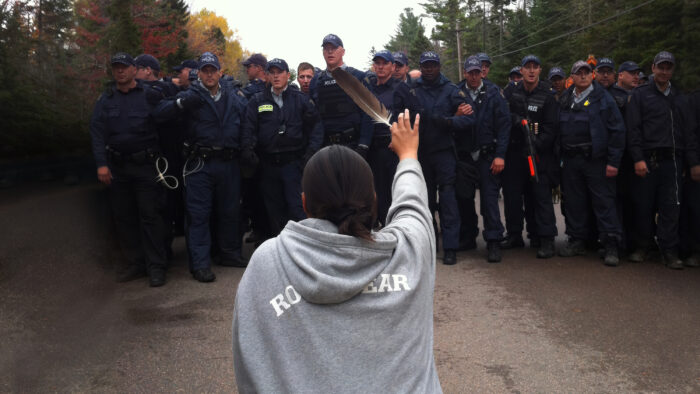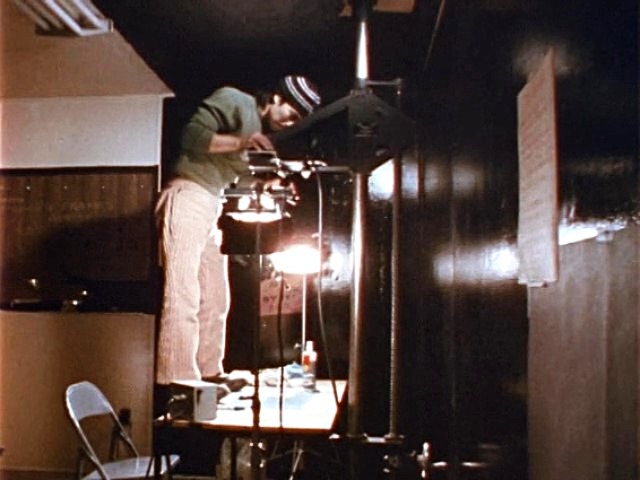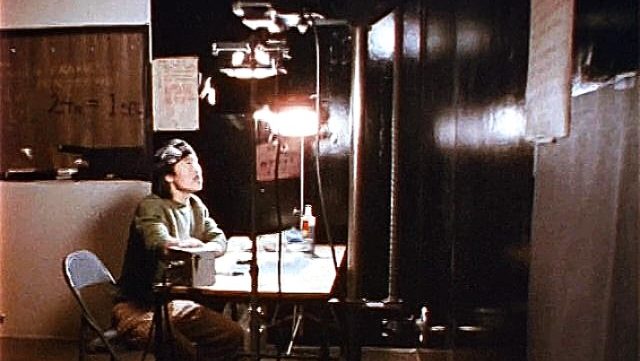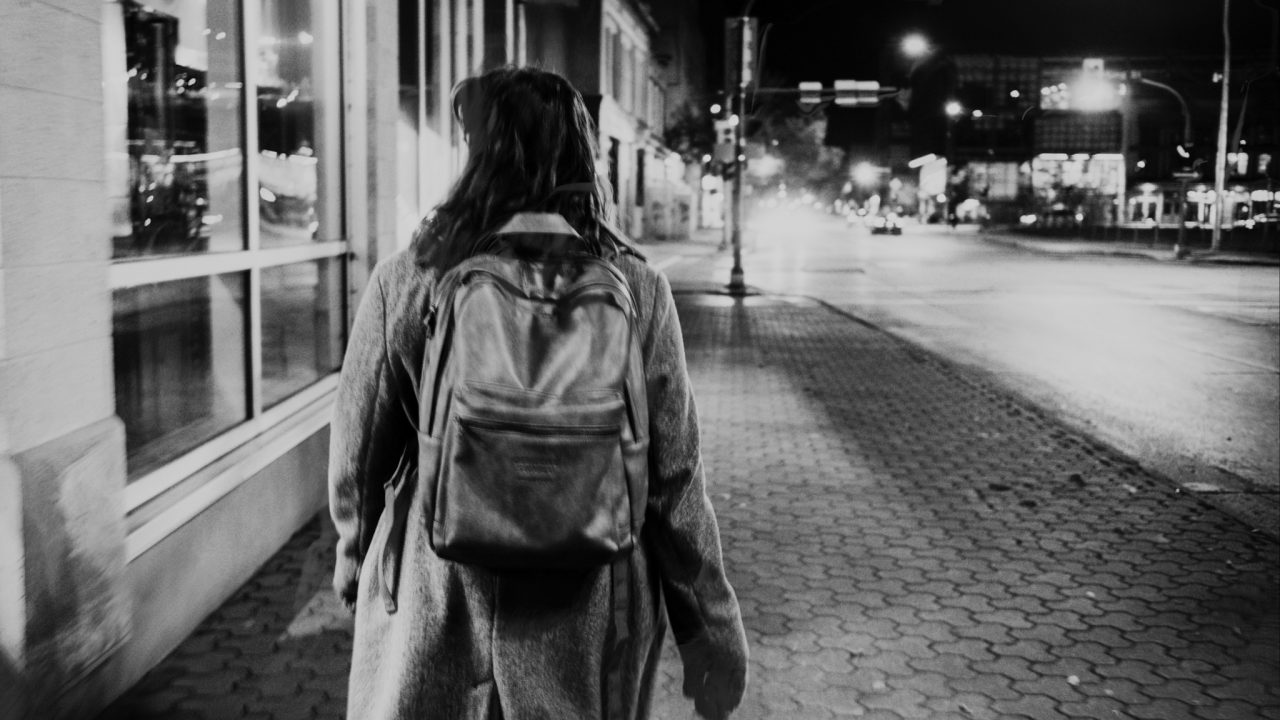
Why?: Courageous conversations on sexual violence against teens
Why?: Courageous conversations on sexual violence against teens
“If there’s one film I have to make, it’s this one. If I get up in the morning wanting to make a difference, this film will let me do that.” This message to NFB producer Denis McCready is what initially got Why?—a film on sexual violence and teens—off the ground.
Ambitious? Yes. Naïve? No doubt. But also an emotional appeal that insisted on being heard. It’s one thing to survive sexual assault yourself, but when it’s your kids or other minors who are the victims, that’s another matter altogether: it’s as if your whole world has turned upside down.
Rage. Helplessness. Anguish.
I had to do something. And since I could neither confront the aggressors directly nor name them, out of respect for the victims’ decision, my only option was to do what I know best: make a film. And hopefully kickstart the conversation on gendered violence.
I started by approaching some kids in my community with whom I’d already formed a bond of trust. Trust is essential to creating the kind of safe space where a conversation like this can happen. The question “Why is sexual violence still so prevalent in our society?” began to take shape as a linear documentary. In my film, three guys who are aware of the topic’s relevance share their perspectives as young men, against a backdrop of anonymous voices—the voices of their female peers describing their experiences of sexual harassment and assault.
In discussing sexual violence perpetrated against women, I deliberately set out to break with the tendency to focus exclusively on the victims, by making men central to the discourse.
89 percent of the victims of reported sexual assaults are girls or women. 98 percent of the persons charged with sexual assault offenses are men. [i]

Putting men at the centre of the issue shifts the onus of having the conversation and finding solutions, from the victims to the group most likely to perpetrate the act. Seeing men on screen sharing their thoughts on gender-based violence essentially invites male viewers to be part of the dialogue, develop a better understanding of the issue and how it might be prevented, and take action.
There is a pandemic of sexual violence in Canada. This is not a pandemic that’s measured in our schools; nor is it one that prompts us to put our resources into educating about, preventing or fighting the phenomenon, or helping those directly or indirectly affected by it to heal. No school or school board in the country is obliged under any existing law or regulation to report offenses of a sexual nature that may affect the minors who attend their institutions.
70 percent of the reported victims of sexual assault in Canada are 18 years old or younger. [ii]
The COVID-19 pandemic had made it difficult if not impossible to access students. But I also found myself up against a palpable reluctance, discomfort, excessive precaution and a flagrant lack of interest. Some community stakeholders in charge of the health and safety of our young people refused to even discuss it. I have to ask: Why all the resistance? Why the uneasiness about creating a space to talk about a topic that affects us all in one way or another?
And how is it that the issue of gendered violence is invariably presented in the media—and in our collective consciousness—as a women’s issue? Why don’t we talk about where this violence originates?
Is it because this particular violence is gendered? Is it because this conversation can only logically ever become a conversation around sexism and misogyny, both of which remain firmly entrenched in our society? Are we still afraid of making those around us uncomfortable, especially those in positions of power?
“Gimme a smile”
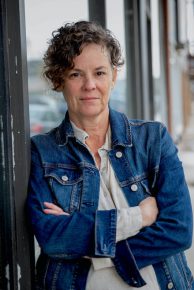
We have to break out of our comfort zones, dare to have these uncomfortable conversations, and men have to be part of it, too. It’s the only way we can move forward. Remaining silent or pleading ignorance is irresponsible and makes us complicit.
Offenders and their victims are our brothers, our sisters, our teachers, our coaches, our friends, our girlfriends. They are our children and our students. And we’re adults. So let’s do the adult thing. Let’s mobilize to make a difference. Let’s raise this topic with our parent committees, our school boards and our federal and provincial representatives. Above all, let’s talk about it with our adult friends, our brothers and sisters, and especially our kids.
Through my humble film, I urge you all to have the courage to start these conversations with your loved ones and your community. Let’s talk about sexism, healthy relationships, masculinity and the multiple forms of sexual violence, particularly with our sons, nephews and brothers. It has to stop. And it starts with us.
Watch Why? Sexual Violence and Teens :
Why? Sexual Violence and Teens, Danielle Sturk, provided by the National Film Board of Canada
[i] Rotenberg, C. (2017). Police-reported sexual assaults in Canada, 2009 to 2014: A statistical profile. Statistique Canada.
[ii] Idem.

